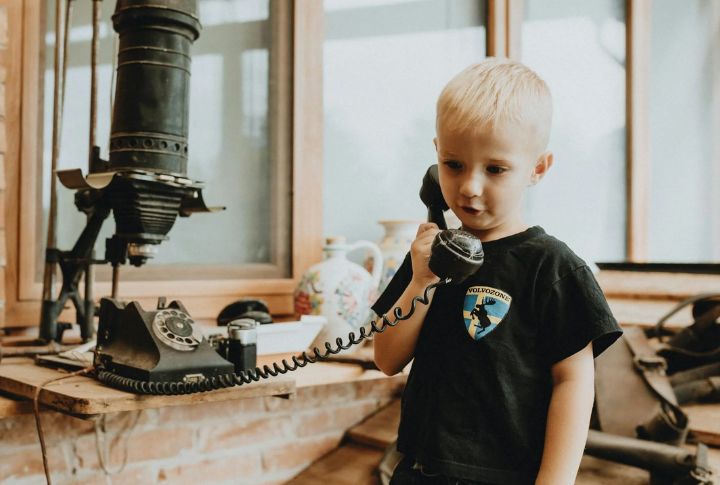
Plenty of ordinary things made growing up before the 2000s feel special. Small details once shaped everyday life in ways that are no longer visible. Generations before watched these moments fade while new ones took their place. Here’s a look at what once felt normal but now feels far away.
Snapping The Tab Off A VHS To Prevent Recording Over It
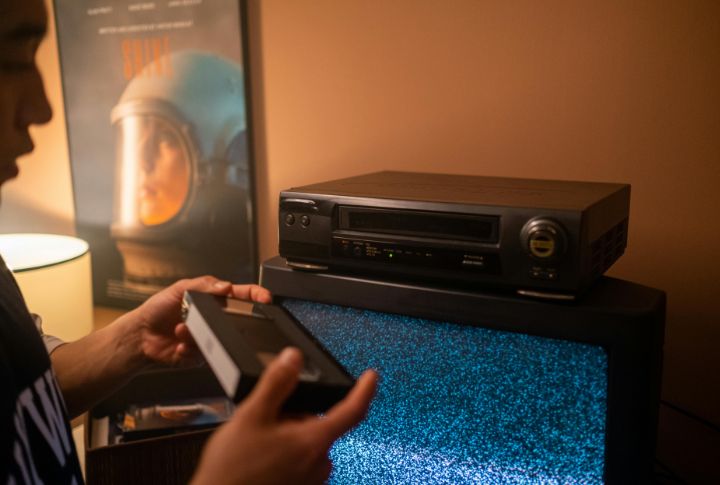
There was a time when protecting precious home movies meant snapping off a tiny plastic tab on a VHS tape. That broken tab “locked” your wedding video or Saturday cartoons from accidental erasure. If you needed to reuse it, tape covered the hole—an old-school hack that acted as the original overwrite warning.
Turning The TV Knob To Change Channels
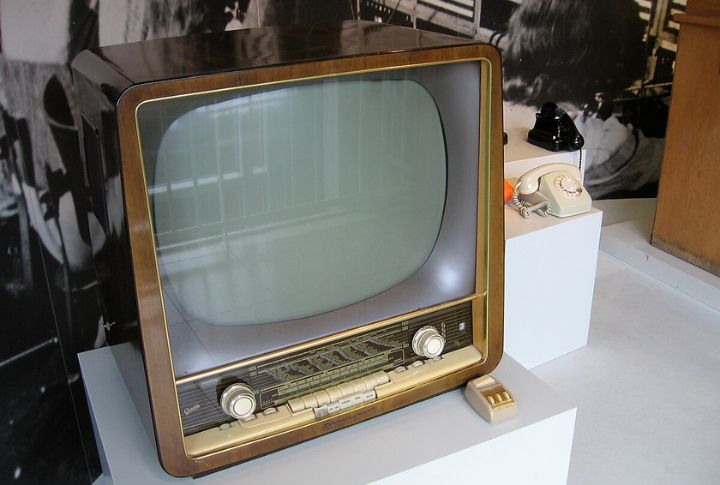
Hunting for Saturday morning cartoons wasn’t done with a remote. Rotary knobs ruled the screen, each channel change marked by a satisfying “clunk.” With a dozen channels at most, kids memorized numbers quickly. They also became human remotes for parents, as fine-tuning static and fuzzy cable flickers was part of the deal.
The “You’ve Got Mail!” Moment

Few sounds nailed the thrill of the internet age like AOL’s “You’ve Got Mail!” chime. Hearing that line signaled someone reached out—maybe a crush, maybe your best friend. Many logged in, hoping for that greeting, even if the inbox sat empty. In those days, email held a certain charm, and spam hadn’t yet clogged it up.
Beepers & Pagers
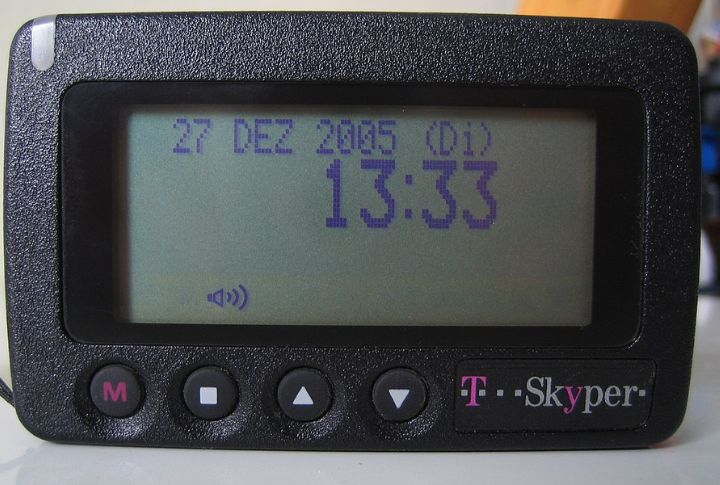
Pagers were the OG urgent text, slowly fading once cell phones did the job better. Pocket ones buzzed on belts, calling doctors, managers, or the teen sneaking out past curfew. Those beeps and blinking numeric codes meant finding a payphone—fast. If you saw “urgent” in the message, you dropped everything.
Rotary Phones
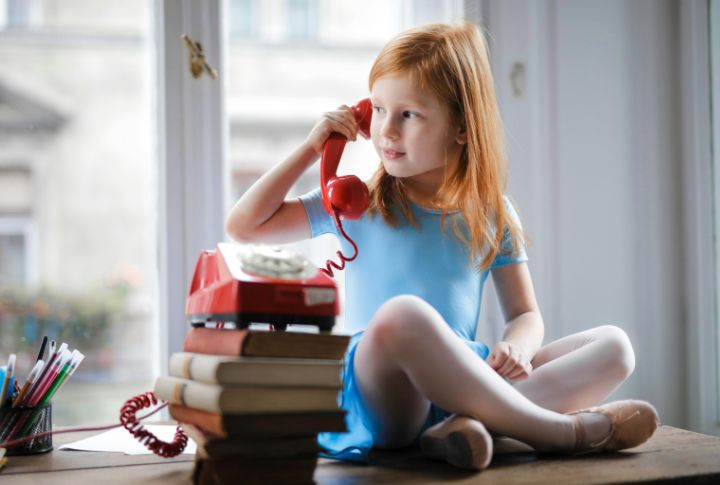
Calling someone wasn’t instant—you had to rotate a dial for each number, hearing clicks as it spun back. If you messed up even one digit, you had to start all over again. No redial, no contacts, no screen—just a heavy phone and a whole lot of patience.
Card Catalogs At The Library
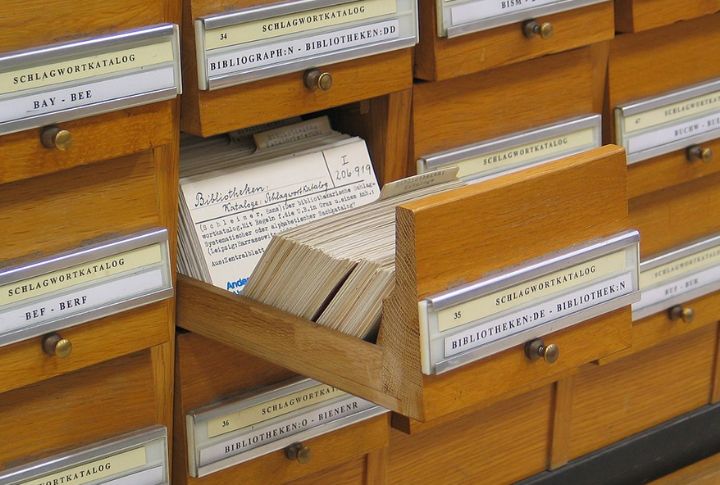
Rows of wooden drawers hid endless secrets for curious kids brave enough to decode them. The Dewey Decimal System seemed like wizardry, leading students through handwritten or typewritten cards smudged by countless fingers. Hunting down a book meant more than a quick search bar—those drawers got replaced by digital catalogs, forever changing the quest.
Cassette Tape Rewinds With A Pencil
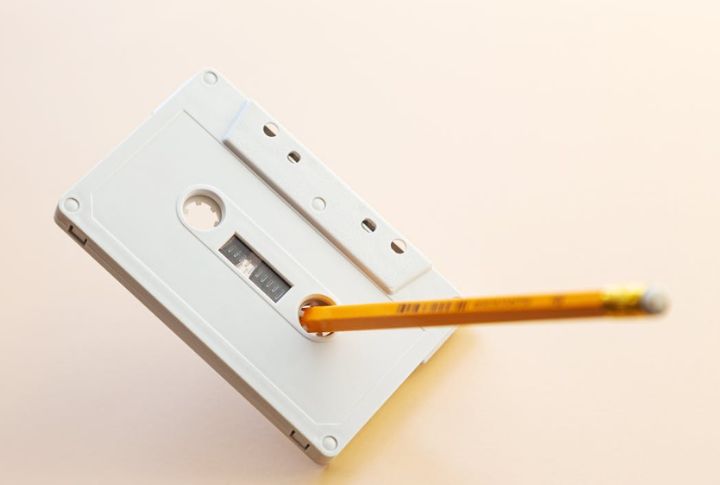
When playlists and touch screens didn’t exist, a simple pencil rescued a jammed cassette. Spinning the reels by hand saved Walkman batteries and untangled the heartbreak of chewed tape. Everyone swore by their favorite pen or pencil—they had to have that perfect grip. One slip and your favorite song sat trapped in twisted plastic.
Waiting For Photos To Develop At A One-Hour Booth
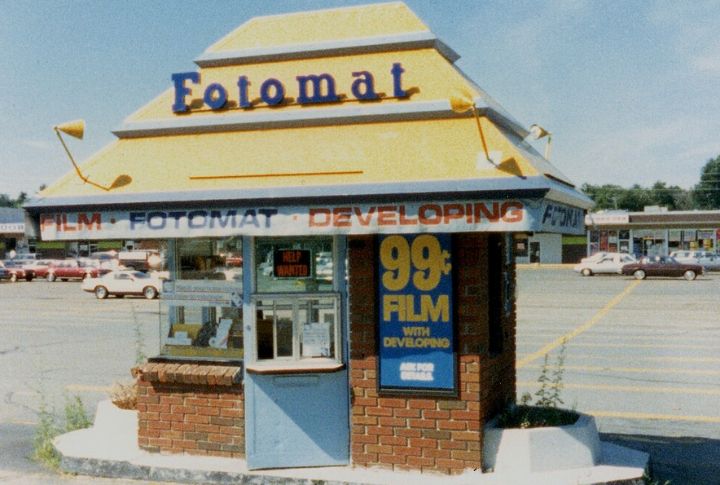
Taking pictures meant dropping off film and waiting—sometimes for an hour, sometimes longer—without knowing how any shots turned out. You couldn’t check or fix anything in the moment. Each envelope held surprises like red eyes, awkward poses, or someone blinking. Even the bad ones often ended up in a frame.
Writing Down A Friend’s Phone Number On Your Hand
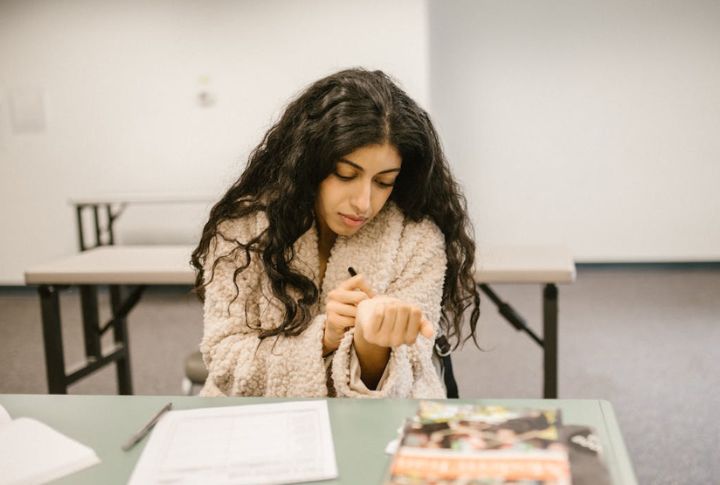
Before phones stored contacts, a pen and your palm did the job. You’d quickly scribble a number during lunch or after class, hoping sweat didn’t smear it before you got home. Some added hearts or doodles for flair. It was messy, temporary, and way more personal than tapping a screen.
Paper Road Maps In The Glove Compartment

There was a time when co-pilots juggled giant folded maps on family road trips. Squinting at squiggly highways and shouting exits—steering was half the adventure, while missed turns were part of the charm. GPS didn’t reroute you in the pre-2000s; your only backup plan was to unfold that map again and hope you’d find your way.
Phone Booths And Pocket Change
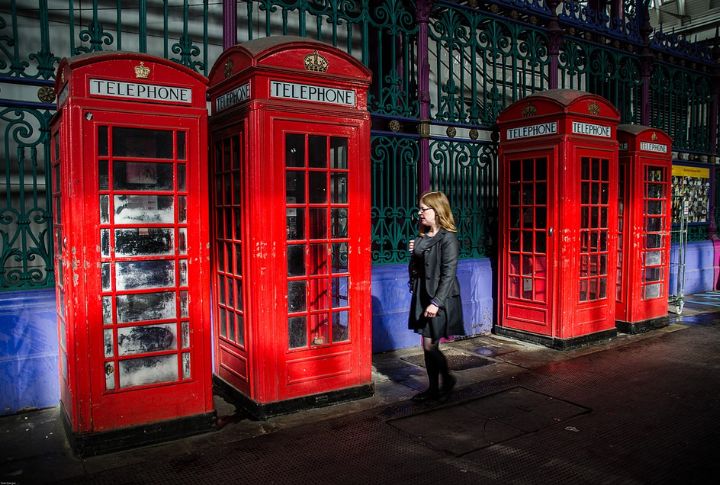
Quarter hunts were serious business, with a call requiring a step inside a graffiti-tagged glass box. These booths smelled faintly of gum and old plastic. Every kid knew how to “call me collect” in an emergency. Mobile phones ended that secret world of pocket change and clicks.
Checkbooks For Everyday Purchases
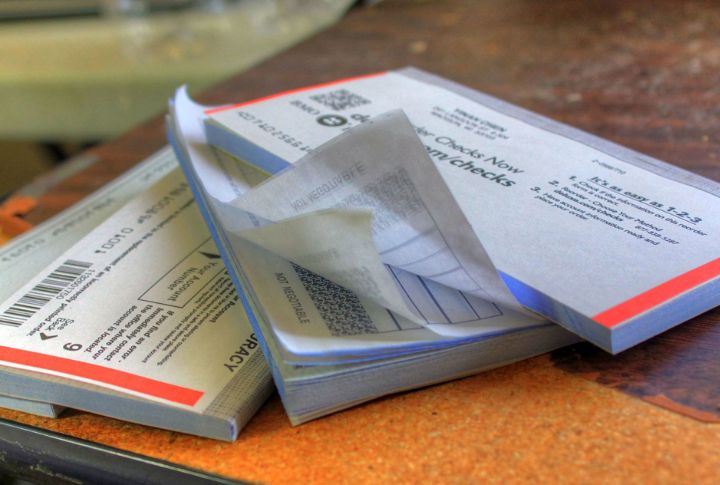
Buying groceries once meant flipping open a checkbook, scribbling down the total, and signing with care. Every purchase had to be tracked manually to avoid overdrafts. Banks even mailed back the canceled checks each month. Some people chose designs with puppies or flowers to add a little fun to the wait.
Encyclopedia Sets As Status Symbols
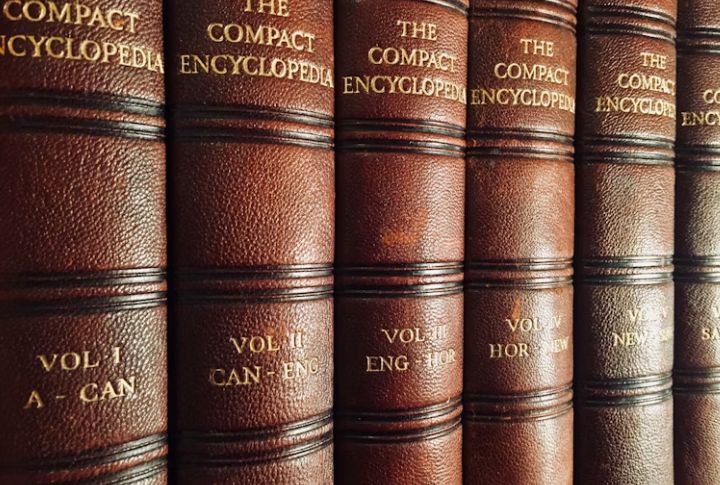
A shiny, gold-edged encyclopedia set in the living room spoke volumes about a family’s ambition. Kids flipped real pages for school reports, cross-referencing by hand. Door-to-door salespeople pitched multi-volume sets that promised knowledge for years. Now, a quick scroll and a search bar do what those heavy tomes once guarded on dusty shelves.
Blowing Into Game Cartridges
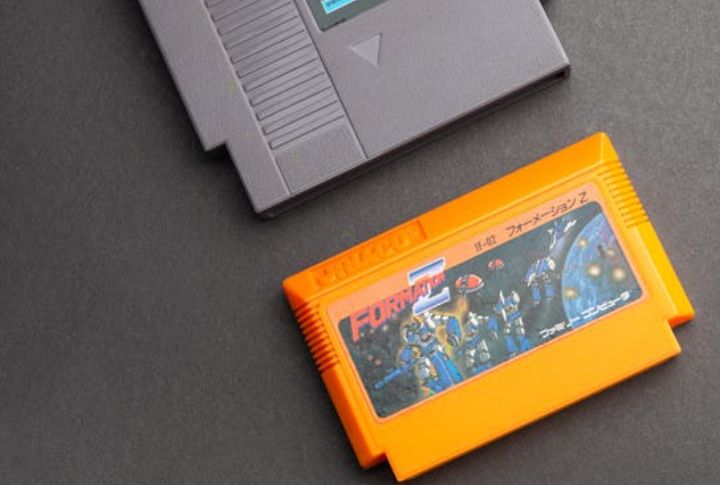
No science ever proved it worked, but blowing into a cartridge felt like a magic ritual. Frozen screens met stubborn breaths and a careful reinsert. NES or Sega kids knew: “Puff, push, pray.” It’s one fix modern downloads can’t replicate, and that little rush of hope is gone with the digital load screen.
Landline Extension Eavesdropping
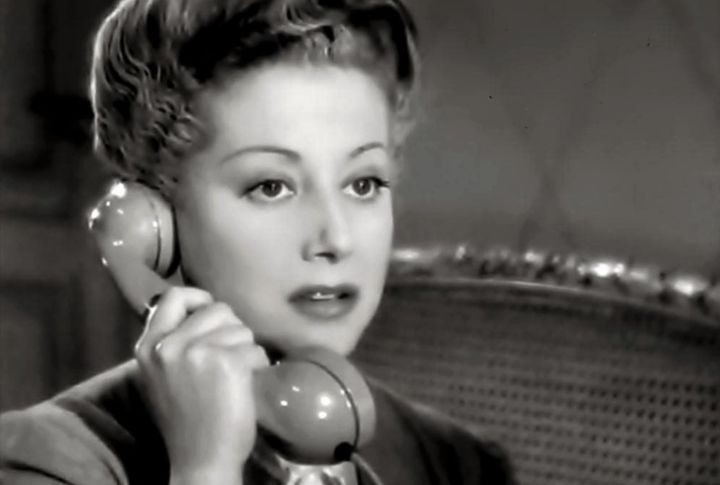
Pick up the phone to a sudden silence—someone’s listening. Having more than one phone in a house meant your parents or sneaky siblings could spy on you during a call. A click, a hush, then that rush to hang up or yell, “Get off the line!” Mobile phones made secret listeners extinct, taking that tiny thrill with them.
Handwritten Paper Letters To Pen Pals
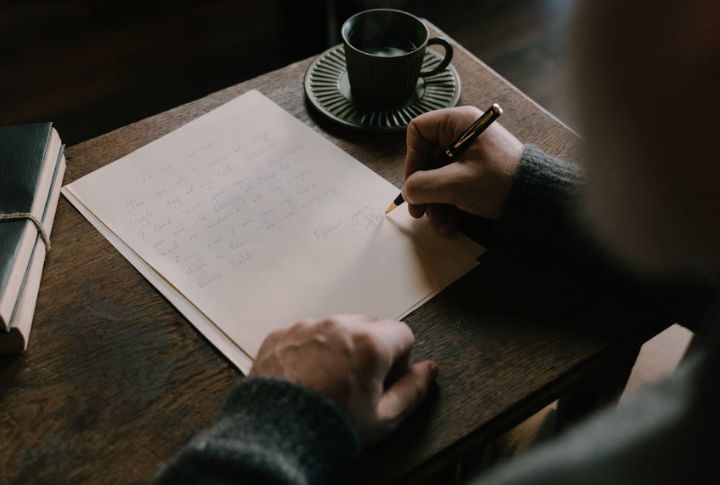
Before texting, friendship sometimes arrived in envelopes decorated with stickers and colored ink. Schools matched kids with pen pals across states or countries, and each letter felt like a tiny event. Every word had to count—no backspace, no edits. A foreign stamp made it feel like magic had traveled just to reach you.
Typewriter Correction Tape
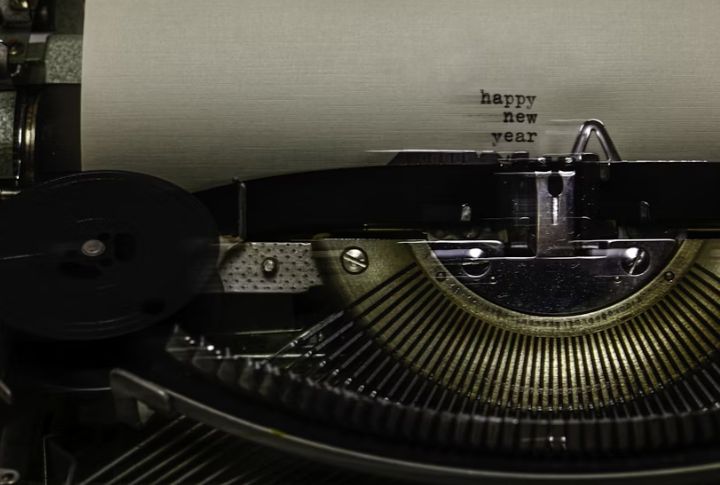
A single typo could ruin a page—unless you had correction tape. You’d line up the mistake, press down that magical white strip, retype the letter, and pray the fix blended in. Office drawers rattled with extra ribbons and tape spools. Word processors erased that stress overnight, making the painstaking art of typewriter edits vanish.
Carbon Copies With Actual Carbon Paper
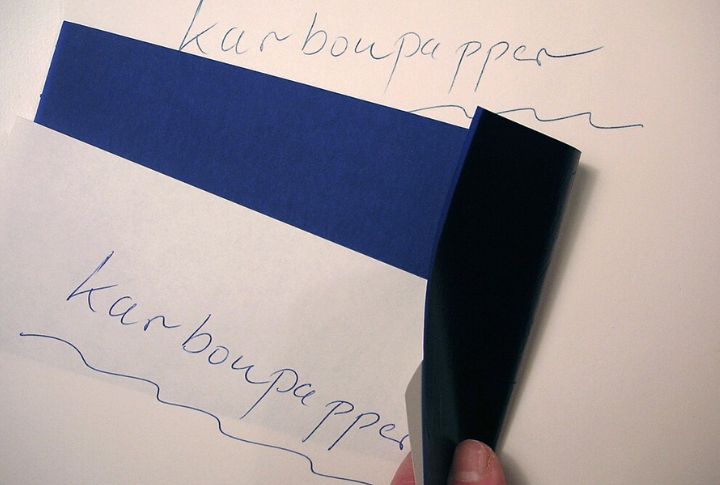
Before the email’s “CC,” carbon paper did the double-duty dirty work. You’d sandwich inked sheets between two pages to clone invoices, receipts, or forms in one messy swoop, which was part of the charm. Businesses ran on these blue-black copies until cleaner, digital trails left the old carbon ghost behind.
Sharpening Pencils With A Wall-Mounted Grinder
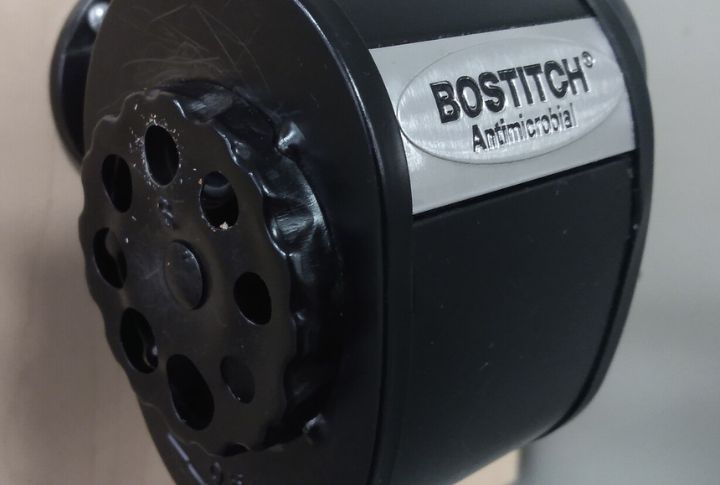
That loud crank of a wall-mounted sharpener marked the beginning of classroom life. Kids lined up for their turn at the metal grinder that sprayed graphite dust and announced, “I’m ready to write.” Mini pencil sharpeners hid in cases, but they never matched that industrial grind.
Adjusting Rabbit-Ear Antennas On The TV
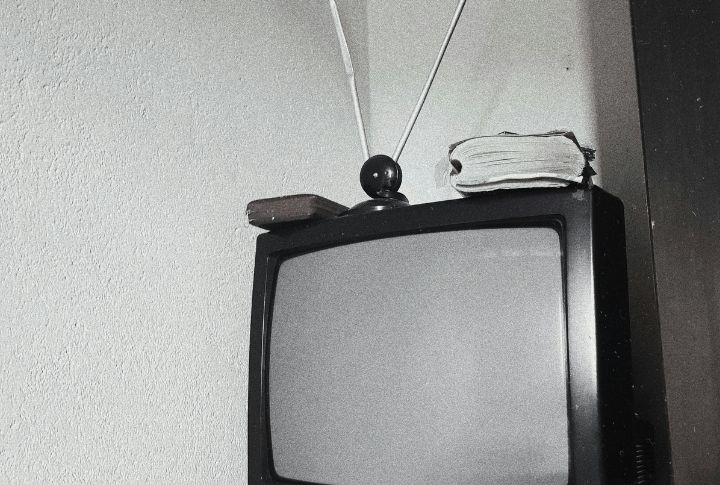
Getting a clear picture meant slowly twisting metal antennas until the static eased up. Sometimes, a crumpled foil hack made things better for no clear reason. If you finally found the right spot, you stayed completely still. One wrong move and the screen turned into a storm of fuzz again.
